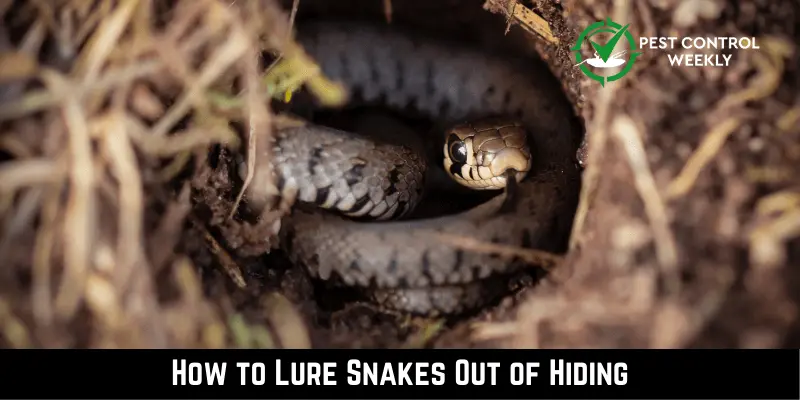Snakes are often hard to find because they hide in the environment to stay safe or keep their body temperature stable. Even though it may be hard to get a snake out of hiding, it’s not impossible. But how do you do it, how to lure snakes out of hiding?
The following are the most effective methods to lure a snake out of hiding:
- Using Snake Hook Method
- Snake Box Trap
- Using Water as a Magnet
- Manipulating the Temperature
- Vibrations
- Bait Foods
- Visible Cues
- Use of a Snake Deterrent
- Professional Help
In this article, we’ll talk about why snakes hide, what you must do to get ready, and different ways to get a snake out. We’ll also discuss what to do when the snake comes out and how to keep them from hiding on your land.
Understanding Snake Behavior
Fear of Humans
Snakes are often misunderstood creatures that both scare and fascinate people. The opposite of what most people think, these animals are more afraid of people than we are of them. They instinctively fear people, mainly because they think we are dangerous predators. This fear worsens because snakes use their excellent senses to find their way around and spot possible dangers.
Snakes in their natural environments have developed complex ways to protect themselves from enemies and avoid fights. Instead of being violent, they often use stealth and disguise to avoid being seen. When they meet people, snakes would rather run away and hide than start a fight. Understanding that snakes are naturally afraid of people can help us get them out of hiding. This is because we can be careful and follow the animal’s natural habits.
Hiding Spots
A snake’s survival depends in large measure on its ability to hide itself. Since they don’t have a core body temperature, they must find refuge from hot environments and potential predators. Because of this, snakes usually look for safe, out-of-the-way places to hide. Animals often hide in places like cracks in rocks, dense greenery, caves, and even sheds and garages that people have built.
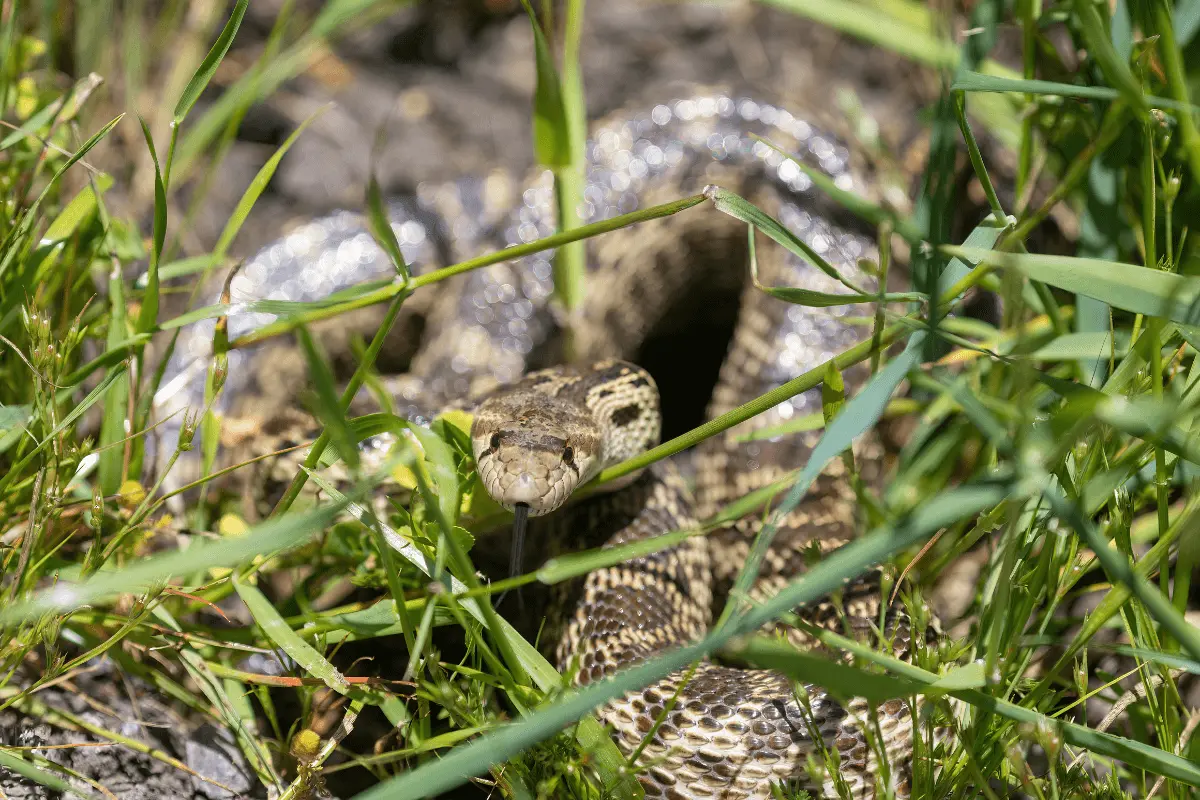
When we know what kinds of places a snake might like to hide, we can figure out where they might be and come up with good ways to get them to come out. Also, knowing the snake’s telltale signs, like shed skin or a unique smell, can help you find their exact position. We can get snakes out of their hiding places without causing them too much stress or harm if we approach them with care and use methods that play to their natural instincts.
Safety Precautions
Protection Gear

When trying to get a snake out of hiding, it is most important to keep yourself safe. Having the right safety gear can reduce the chance of getting hurt and boost trust. A strong pair of snake-proof boots, which protect the feet and lower legs from bites, is an important part of this gear. These boots are usually made of tough, puncture-resistant materials like leather or ballistic nylon.
Along with shoes, it’s best to wear thick gloves when handling or moving things near a snake’s hiding place to protect the hands and arms. Snake gaiters protect you even more because they go over your regular pants and cover your lower legs. Also, long-sleeved shirts and trousers made of thick cloth can help keep you from accidentally touching the snake. As a final piece of safety gear, a snake hook or tong can be used to keep a safe distance from the snake while it is being removed.
Identifying Venomous Snakes
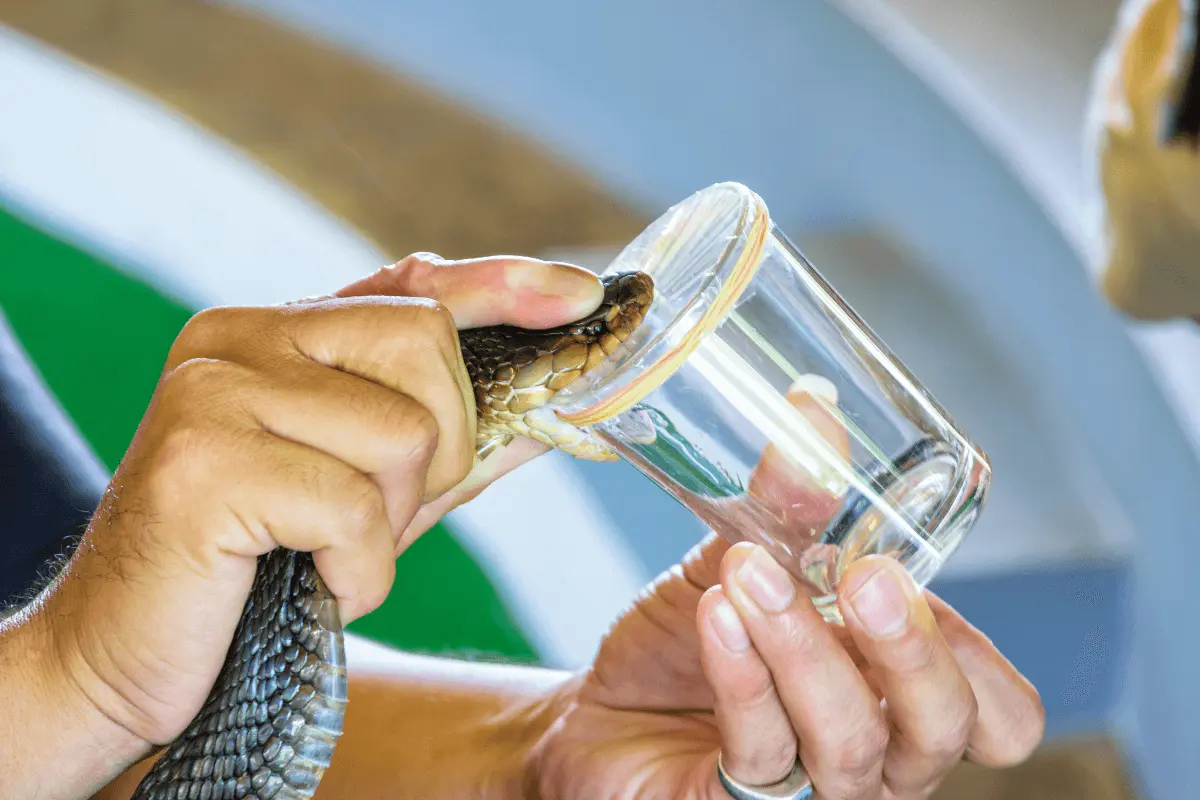
One must first identify the species involved to successfully lure a snake out of hiding. Only experts should handle venomous snakes because they pose a very high risk. You can help ensure everyone’s safety and avoid unnecessary risks by learning to identify dangerous and non-venomous species.
Learning about the snakes that live in a certain place can help a lot with making these kinds of differences. In general, poisonous snakes have unique physical traits, such as triangular-shaped heads, elliptical eyes, or pits that can sense heat. Also, some poisonous animals have unique color patterns or marks that help identify them. But it’s important to remember that these traits can change and shouldn’t be the only way to tell if a snake is dangerous.
Methods to Lure a Snake Out of Hiding
According to Virginia Cooperative Extension (VCE) following are the methods to lure a snake out of hiding:
Using a Snake Hook Method
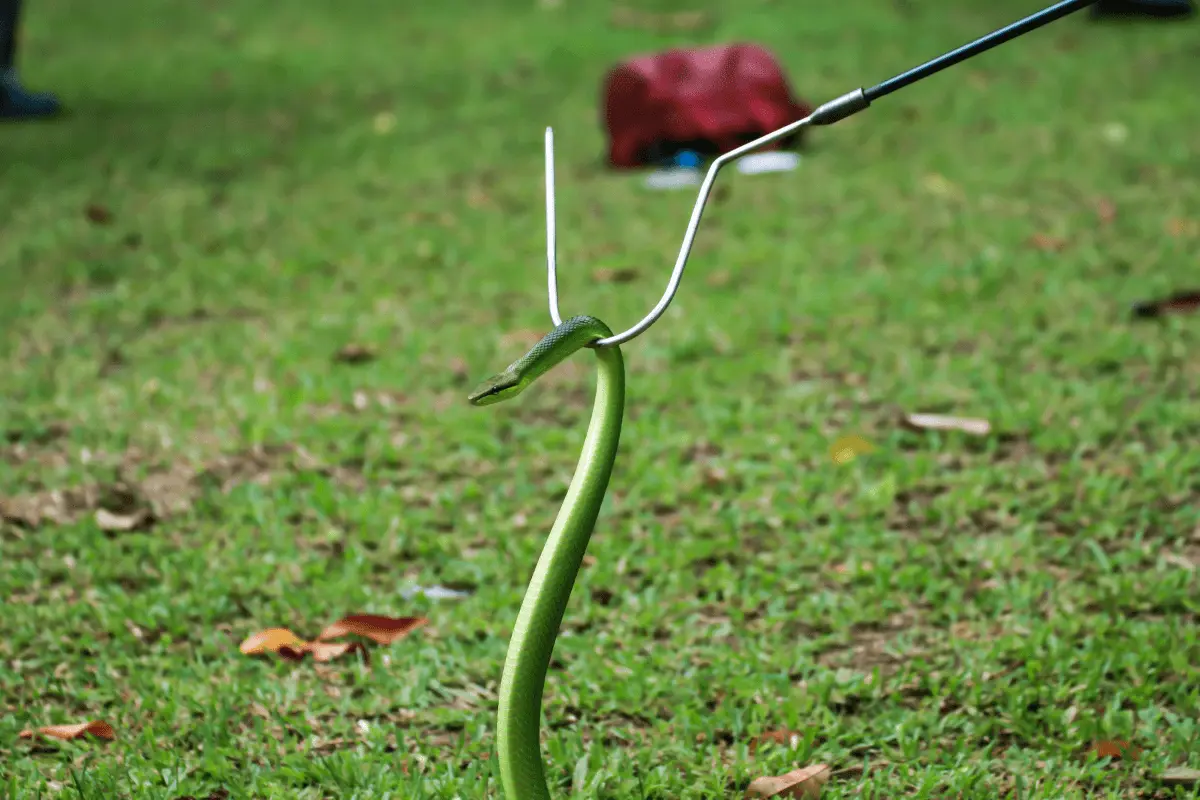
The use of a snake hook to lure a concealing snake into view is a tried-and-true technique. With its long handle and curved, blunt end, this instrument may be used to securely lure a snake out of its hiding location. This method is only useful if the hook is moved slowly and gently so as not to frighten or hurt the snake. The snake can then be lured onto the hook and relocated to a safer location.
Snake Box Trap
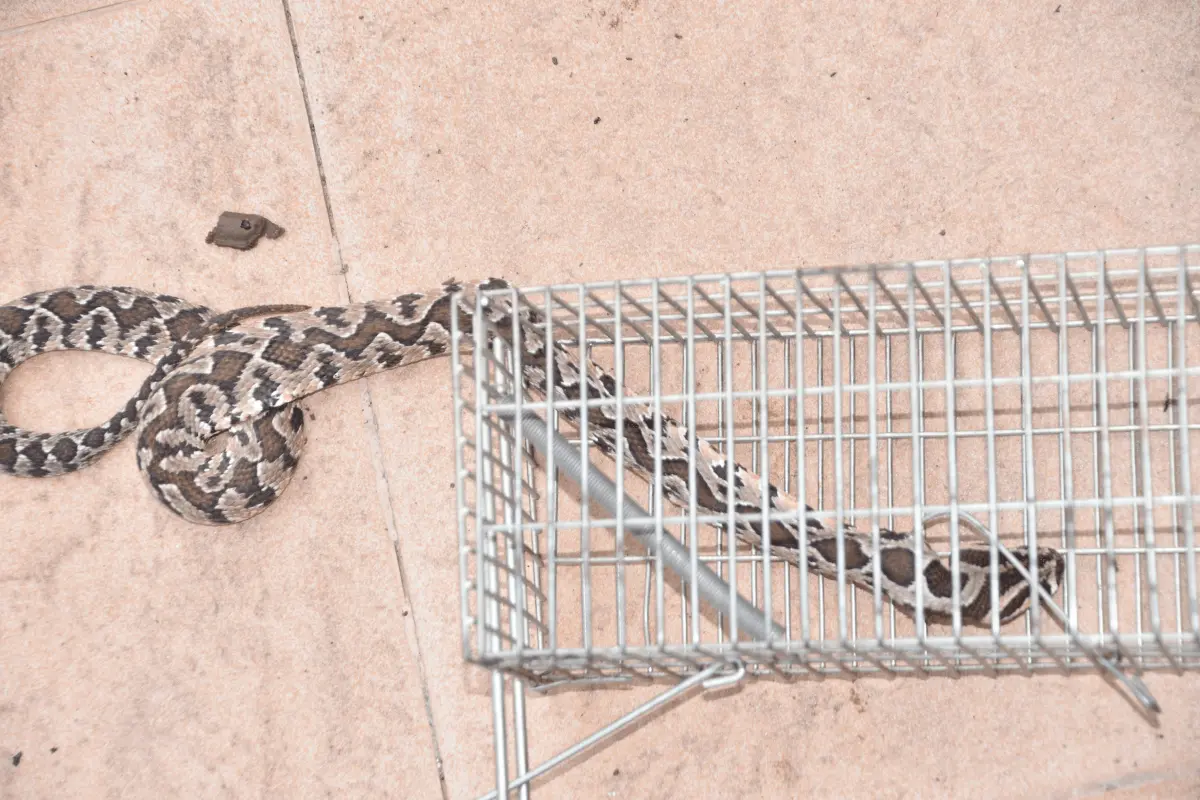
The usage of a snake box trap is another way that may be used to lure a snake out of hiding successfully. These snake-specific traps have an entrance that is only accessible from one direction, preventing the snake from fleeing. Live rats or snake-attracting smell lures are two examples of bait that may be used to catch a snake. The captured snake can then be transferred to a more appropriate environment.
Using Water as a Magnet

Water is an excellent lure for snakes since it helps them maintain a healthy body temperature and hydration levels. If you know where a snake is hidden, you can get it out of hiding by leaving a container of water nearby. This method is particularly useful in times of drought or other water scarcity brought on by natural causes.
Manipulating the Temperature

Since they are ectothermic, snakes must rely on their environment to keep them at a comfortable temperature. The snake may be lured out of its hiding location by raising or lowering the temperature outside. If the snake is hiding somewhere chilly, for instance, a heat source can be used to raise the temperature in the region gradually. If the snake is in a warm area, you may make it more comfortable by erecting shade or using a fan. This strategy necessitates patience and careful observation to avoid the snake suffering harm from abrupt temperature changes.
Use Of Vibrations
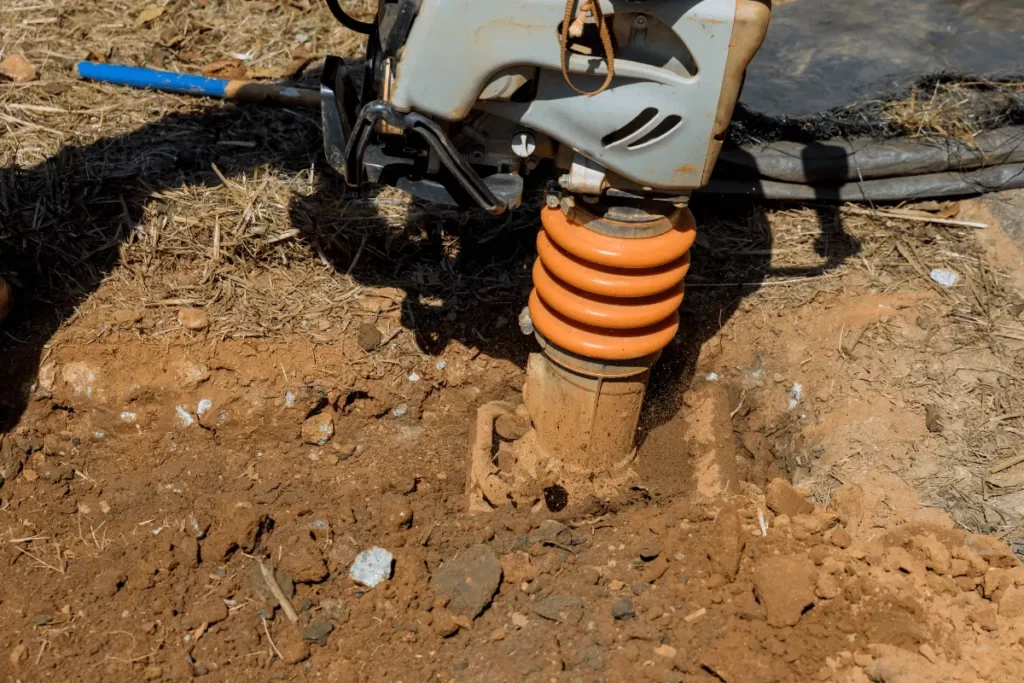
Snakes that are sensitive to vibrations may decide to come out of their hiding places in response. The vibrations produced by tapping or beating the ground near the snake’s presumed position may entice the snake to explore. Avoid making a lot of noise or moving about too much, since this may startle or stress out the snake even more.
Bait Foods
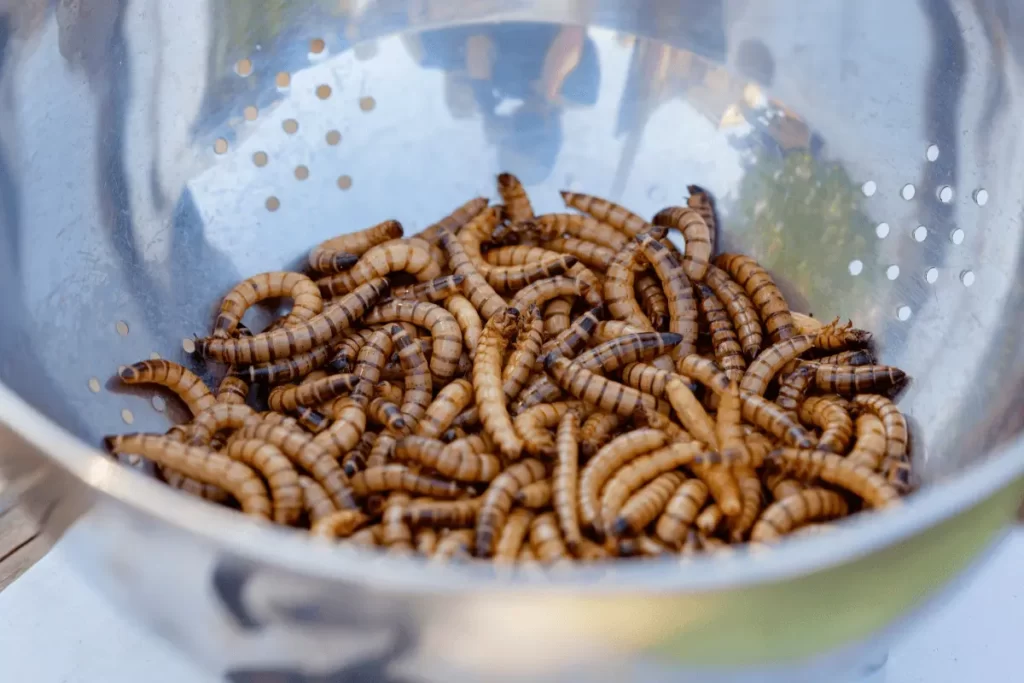
In some situations, a snake can be enticed out of hiding with the promise of food. Depending on the snake’s preferred prey, you can coax it out of hiding by leaving a life or recently dead mouse nearby. Use the right food, and keep it out for a short time to avoid attracting more pests.
Visible Cues

Some snakes may react to things they see, like motion or the presence of prey. A snake can be enticed to inspect a little, controlled movement, such as a feather or a piece of fabric on a thread. Use caution with this technique since the snake can mistake your motion for an attack and strike back.
Use of a Snake Deterrent
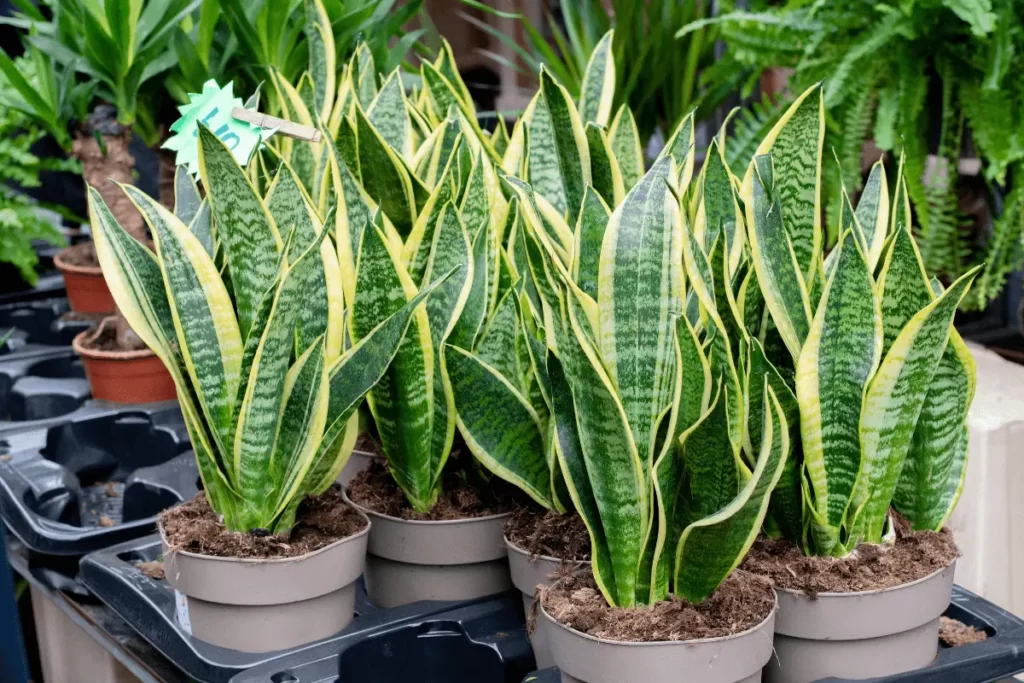
While snake sprays won’t make a hiding snake come out, they can discourage it from returning. These products, which often include naphthalene or sulfur, provide pungent odors that are offensive to snakes. Snakes can be prevented from using a particular hiding place by using repellents around the area’s perimeter.
Professional Help
Getting expert help is strongly suggested if the snake is poisonous, difficult to approach, or unresponsive to previous techniques. Professionals in wildlife management or those trained to handle snakes may safely coax the reptile out of hiding and transfer it without endangering either the snake or the people handling it.
Prevention
Eliminate Hiding Spots
- Getting rid of places where snakes could hide is one of the best ways to keep them from living on your land. Snakes like to live in places where they are safe from enemies, where the temperature is stable, and where they can hide. By taking away these places where snakes might want to live, you can stop them from doing so.
- Start by cleaning up your yard and removing things like piles of leaves, rocks, or old wood. These places are great places for snakes to hide, and they may also bring mice, which snakes eat.
- Ensure the plants are well cared for by trimming the bushes and regularly mowing the grass. This makes your property less attractive because snakes have fewer hiding places and are more likely to be eaten.
- Seal any holes, cracks, or crevices around your home’s base, walls, and roof so snakes can’t get inside. Also, think about putting up a fence around your land that snakes can’t get through. These kinds of barriers can be very effective at keeping snakes out of your yard and making it less likely that you’ll run into one.
Regular Inspections
- By doing regular checks of your property, you can find places where snakes might hide and get rid of them before they become a problem. By looking over your yard, sheds and home on a regular basis, you can find places that might attract snakes and take steps to keep them away.
- During these checks, pay close attention to things like bird feeders, pet food dishes, and water features that could be sources of food and drink. Snakes are more likely to live in places where there is plenty of food and water, so it is important to handle these resources well.
- Make sure to keep storage sheds, barns, and other outbuildings clean and organised. Check for signs of mice, because snakes can be attracted to them when they are looking for food. Check and fix your pipes and gutters on a regular basis to stop leaks. Standing water can attract snakes and other wildlife.
Final Thoughts
In conclusion, luring a snake out of hiding involves knowledge of snake behavior, safety considerations, effective approaches, and prevention. Respecting the snake’s instincts, using caution, and using appropriate methods can safely and effectively lure it out of hiding. Recognizing and avoiding dangerous snakes and outfitting oneself appropriately protects both the snake and the individual in question.
Preventing snakes on your property requires removing hiding places and doing frequent inspections. Avoiding snakes and maintaining safety requires a clean, organized space. A combination of information, forethought, and compassion is what it takes to coax a snake out of hiding. Respect for the snake’s well-being and adaptability can ensure a safe and happy outcome for all parties.
FAQs
How Long Will A Snake Stay In Hiding?
The duration a snake stays in hiding depends on factors such as temperature, perceived threats, and the availability of food and water. Snakes may hide for extended periods to regulate their body temperature, digest meals, or avoid predators. They may emerge from hiding when conditions are more favorable or when they need to hunt for food.
What Time Of Year Do Snakes Hide?
Snakes typically seek hiding spots during extreme temperatures and their dormant periods. In colder climates, snakes may hide during winter months to brumate, a state of reduced activity similar to hibernation. In hot environments, they may hide during the day to avoid overheating and become active at night.
Can I Use A Regular Stick Instead Of A Snake Hook?
You could use a stick instead of a snake hook, but it might not give you the same level of control and safety. Snake hooks are made with a bent, blunt end to make them easier to handle safely. If you use a stick, ensure it’s strong, long enough to maintain a safe distance, and handled carefully.
How Can I Tell If A Snake Is Hiding In My Yard?
Signs of a snake hiding in your yard may include shedding skin, snake tracks, distinctive odors, or sighting the snake itself. Additionally, the presence of rodent burrows or nests may indicate a food source that could attract snakes. Regularly inspect your yard for these signs and take preventative measures to deter snakes from seeking shelter.
What Will Bring A Snake Out Of Hiding?
Snakes may emerge from hiding due to changes in temperature, the need to hunt for food, or in response to specific lures. Methods to bring a snake out of hiding include temperature manipulation, providing a water source, using food lures, or employing snake hooks and boxes. Each method’s effectiveness depends on the snake species and specific circumstances.
How Do You Bait A Snake?
To bait a snake, use a food item that is part of the snake’s natural diet, such as a live or freshly killed rodent. Place the bait near the snake’s suspected hiding spot, ensuring it is clearly visible and emits an enticing scent. The smell and sight of the bait may lure the snake out. Be cautious not to leave the bait out for too long, as it can attract other unwanted pests.
References
